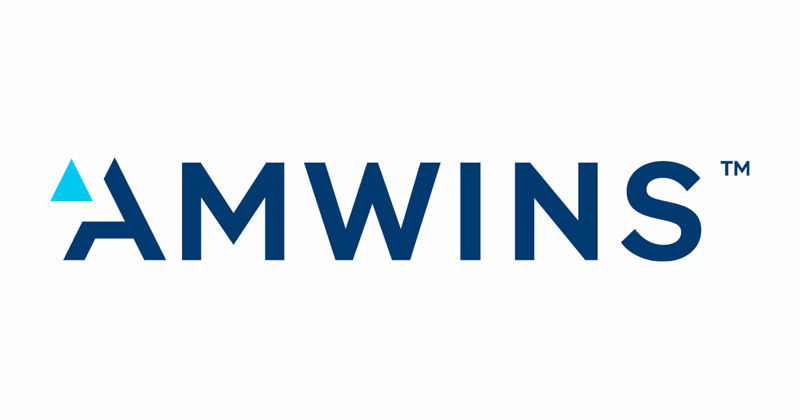Reinsurers still wary on property cat pricing, some face aggregate issues: Amwins

Insurance origination and distribution specialist Amwins has pointed out that, despite the strong increase in pricing and tightening of terms at the “turbulent” January 1 2023 reinsurance renewals, some reinsurers remain cautious on property catastrophe pricing, while others are facing aggregate issues having loaded up on peak zone premiums.
Amwins explained in its latest State of the Market report that, “The meaningful withdrawal of retrocession capacity, investor fatigue with volatile reinsurer results, a host of geopolitical and macroeconomic shocks, and the compound effect of multiple catastrophe events in every major region have precipitated a profound change to what kind of reinsurance capacity can now be purchased.
“Unlike post Katrina and 9/11, we have not seen a rush to provide more capital to this space.”
In the wake of the challenging reinsurance renewal season, Amwins notes that “Most program structures now look completely different than they have in previous years.”
Reinsurers continue to be very cautious with their capacity though, even in the higher-priced environment, Amwins said.
“Despite the rate increases of the last three years, most reinsurers view the current pricing on CAT property risks as insufficient to compensate for the ongoing level of uncertainty,” the company stated.
It seems there’s an ongoing aversion to certain peak and secondary peril risks that is also affecting reinsurers appetites to deploy capacity.
This could end up playing to the strategies of insurance-linked securities (ILS) investors that are keen to take on more exposure at this time, as well as to the catastrophe bond market which could benefit as ceding companies look to where they can secure longer-term and more stable capacity.
Amwins explained that, “Large increases in written premium during 2022 have resulted in some aggregate issues for several larger reinsurers who will be carefully monitoring what additional exposures they will add to their portfolios going forward. This is particularly related to exposures in Florida, the Gulf Coast, and areas of serious convective storm potential.”
Reinsurers are set to be increasingly careful as to where they deploy their remaining limits for the year, which could mean more opportunity emerges for ILS and cat bonds as the year progresses.
Interestingly, Amwins notes that with facultative reinsurance capacity also retrenching to a degree, it could become “increasingly difficult to complete higher layers on programs where cheap reinsurance capacity was once plentiful.”
Again, that is an opportunity area for ILS and cat bond risk capital, as large commercial buyers of facultative cover look for alternative capacity sources, we’d suggest.
Amwins comments confirm our thoughts that, the continued retrenchment of traditional reinsurance capacity and some of its aversion to property catastrophe risks, as well as to climate-exposed secondary perils, will deliver more opportunity through the year for alternative and ILS sources of reinsurance capital, as the market reshapes to match current risk appetites and capital availability trends.






